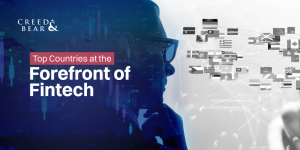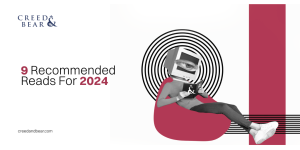Algorithmic trading, also known as automated trading or algo-trading, is a sophisticated method of executing trades automatically through pre-programmed algorithms. These purpose-built algorithms are developed to intake, process, and analyze expansive volumes of market data. They do so in order to identify profitable opportunities and execute trades without the need for direct human intervention.
This powerful technology has revolutionized financial markets. Enabling traders to make split-second decisions. Optimizing trading strategies. And managing risk more effectively.
Citadel, one of the largest hedge funds in the world, had over $54 billion in assets under management (AUM) as of early 2023. It employs algorithmic trading to achieve positive returns even during financial downturns.
But what is algorithmic trading? In this blog, we dive into the key components of algorithmic trading and its inherent advantages.
The Origins of Algorithmic Trading
The history of algorithmic trading dates back to the 1970s, when computer technology and electronic trading platforms began to take their place in the financial space. During the early days, access to this complex technology was mostly exclusive to major financial firms and institutional traders that were capable of injecting sizable capital into computer systems and software in order to gain a competitive advantage and generate positive returns for their clients.
Algorithmic trading leverages the power of statistical analysis and sophisticated mathematical models, combined with machine learning and artificial intelligence, to execute trades at higher probabilities of success. This required computing power that was largely inaccessible to smaller investors and institutions at the time.
However, as computers and software became more accessible, smaller financial companies and professional traders began to employ algorithmic trading in their strategies as well. Today, algorithmic trading is widely integrated into the trading strategies of financial firms and individual traders all around the world.
The Advantages of Algorithmic Trading
Algorithmic trading unlocks a number of advantages that are largely unattainable when employing traditional manual trading methods. This makes it one of the most utilized trading strategies amongst institutional finance and professional traders around the world. Some of the most important advantages are the following:
- Speed and Efficiency: Unlike humans, algorithms can perform trades almost instantaneously, taking advantage of split-second market opportunities before human traders can take action. The speed at which trades are executed is a critical success factor in high-frequency trading, where split-second decision-making is the determinant between profit and loss.
- Reduced Emotion-driven Decisions: Human emotion can be detrimental to trading, as it can cloud judgment and cause impulsive trading decisions. Algorithmic trading takes human emotion out of the equation, ensuring trades are made based on data, analysis, and logical parameters.
- Backtesting and Optimization: Traders can test their trading algorithms on historical data to conduct performance assessments and make necessary adjustments in a process called backtesting. Through backtesting, traders are able to closely fine-tune their trading algorithms to achieve optimal results when deployed for live trading.
- Risk Management: Trading algorithms can be pre-programmed to execute risk management measures such as stop-loss orders and position sizing automatically, eliminating the potential risk of mismanagement or inaction that is inherent in human intervention. Consequently, automated risk management protocols reduce the probability of significant losses.
- Portfolio Diversification: The golden rule in financial markets is to always diversify your portfolio. Algorithmic trading strategies enable traders to diversify their exposure across various markets and financial instruments simultaneously, resulting in a wider risk spread.
Conclusion
Ultimately, algo trading is capable of producing better results compared to manual trading due to the reduced latency when it comes to data processing and analysis and trade execution. However, that is not to say that algorithmic trading makes humans obsolete in the world of finance. A trading algorithm still relies on human input to identify relevant parameters and controls, as well as continued fine-tuning. In other words, algo trading using machine learning and artificial intelligence empowers humans to do more and achieve better results.






